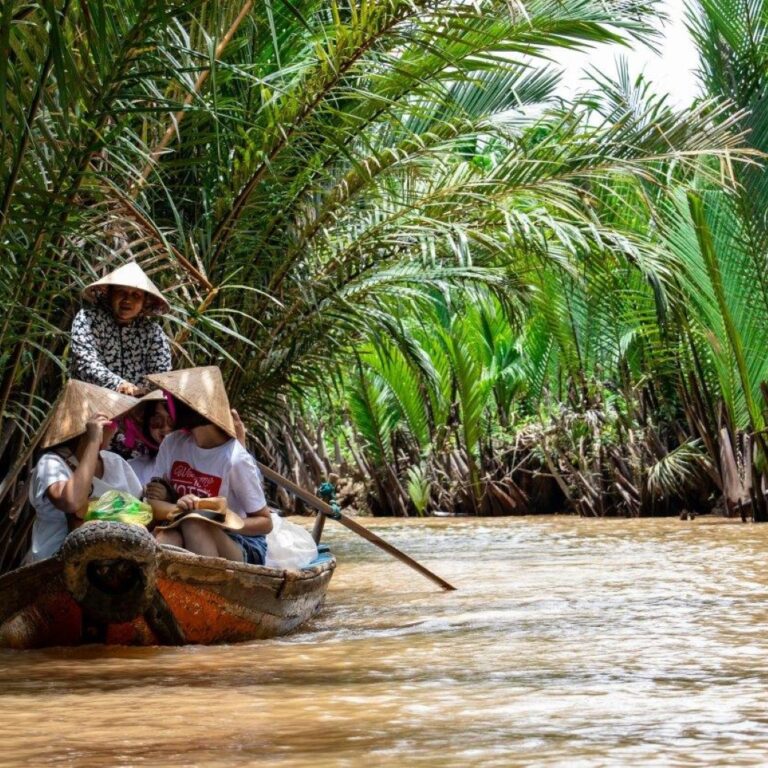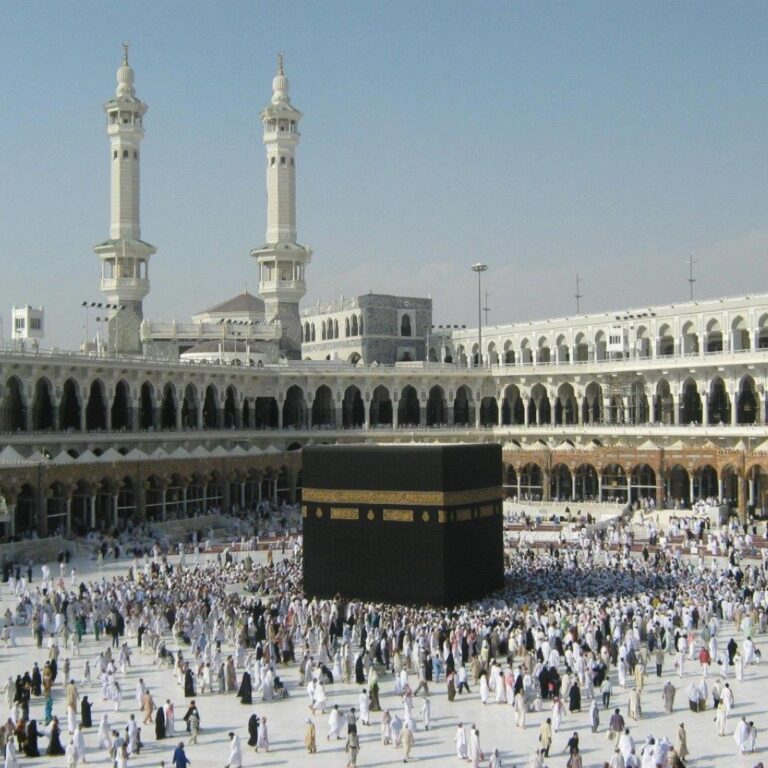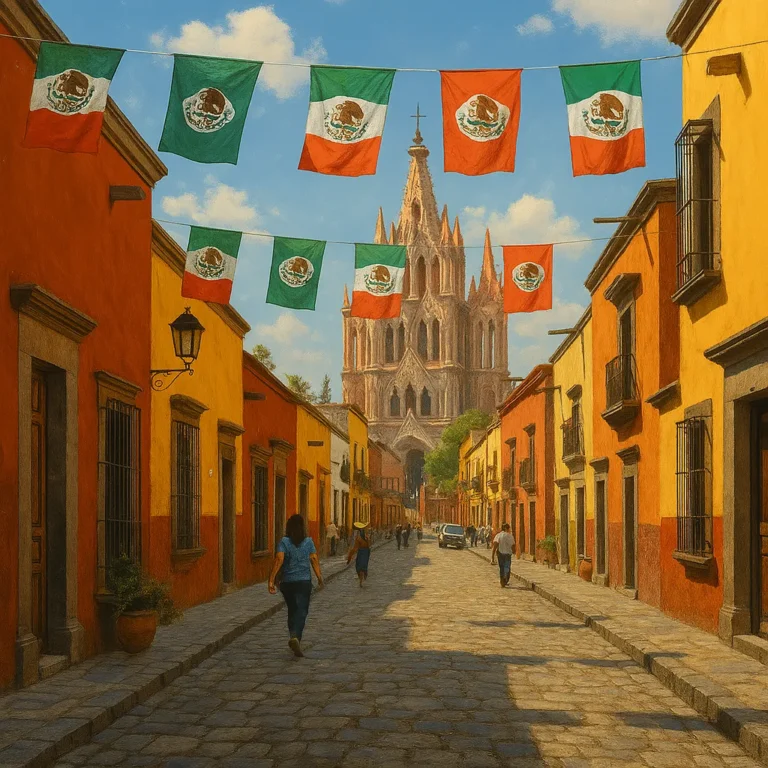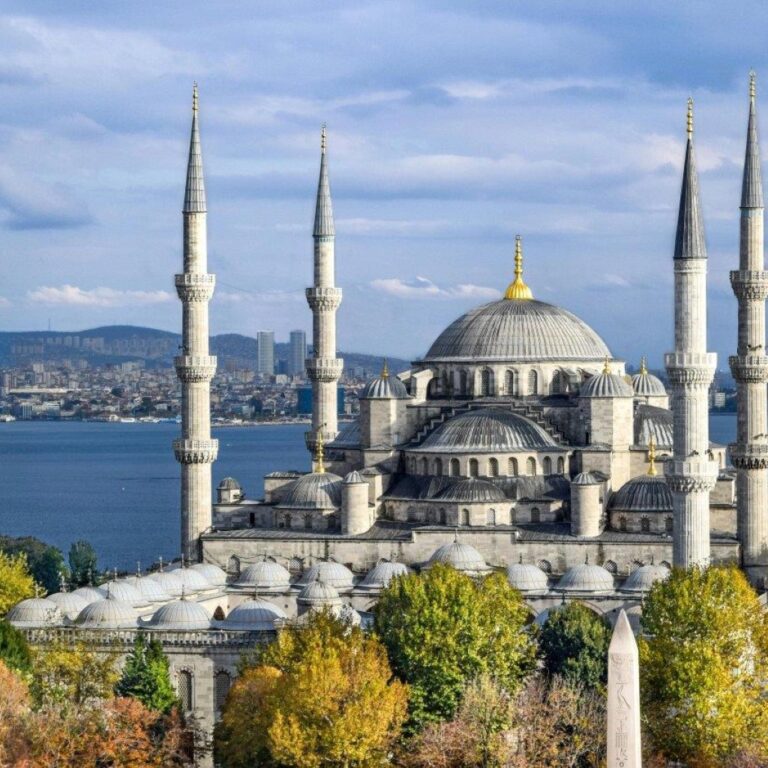Vietnam is the world's largest exporter of cashew nuts and black pepper, and one of the largest producers of coffee.
The country's capital, Hanoi, is known for its centuries-old architecture and a rich history that reflects Chinese, French, and Southeast Asian influences.
The Vietnamese language uses the Latin alphabet with additional diacritical marks, making it unique among East Asian languages.
The iconic conical hat, known as 'nón lá,' is a symbol of Vietnamese culture and is traditionally worn by farmers and villagers.
Ha Long Bay, a UNESCO World Heritage Site, is famous for its emerald waters and thousands of towering limestone islands topped with rainforests.
Vietnam has 54 recognized ethnic groups, with the Kinh (Viet) being the majority, making up about 86% of the population.
The country is known for its delicious street food, with dishes like pho (noodle soup), banh mi (baguette sandwich), and spring rolls being popular worldwide.
The Mekong Delta, known as the 'Rice Bowl of Vietnam,' is one of the most fertile regions in the world and is a major agricultural hub.
Vietnam is home to the world's largest cave, Son Doong Cave, located in Phong Nha-Ke Bang National Park.
The country has a strong tradition of silk production, and Vietnamese silk is known for its quality and craftsmanship.
The traditional dress in Vietnam is the 'ao dai,' a long, flowing tunic worn over trousers, often seen during festivals and formal occasions.
Vietnam is a long, narrow country, stretching over 1,650 kilometers from north to south, with a coastline that runs more than 3,260 kilometers along the South China Sea.
The country is one of the top five motorbike-owning countries in the world, with motorbikes being the most common form of transportation.
The Lunar New Year, known as 'Tet,' is the most important and widely celebrated holiday in Vietnam, marking the arrival of spring.
Vietnam is rich in biodiversity, with many national parks and nature reserves that are home to rare and endangered species, including the critically endangered Javan rhinoceros.



